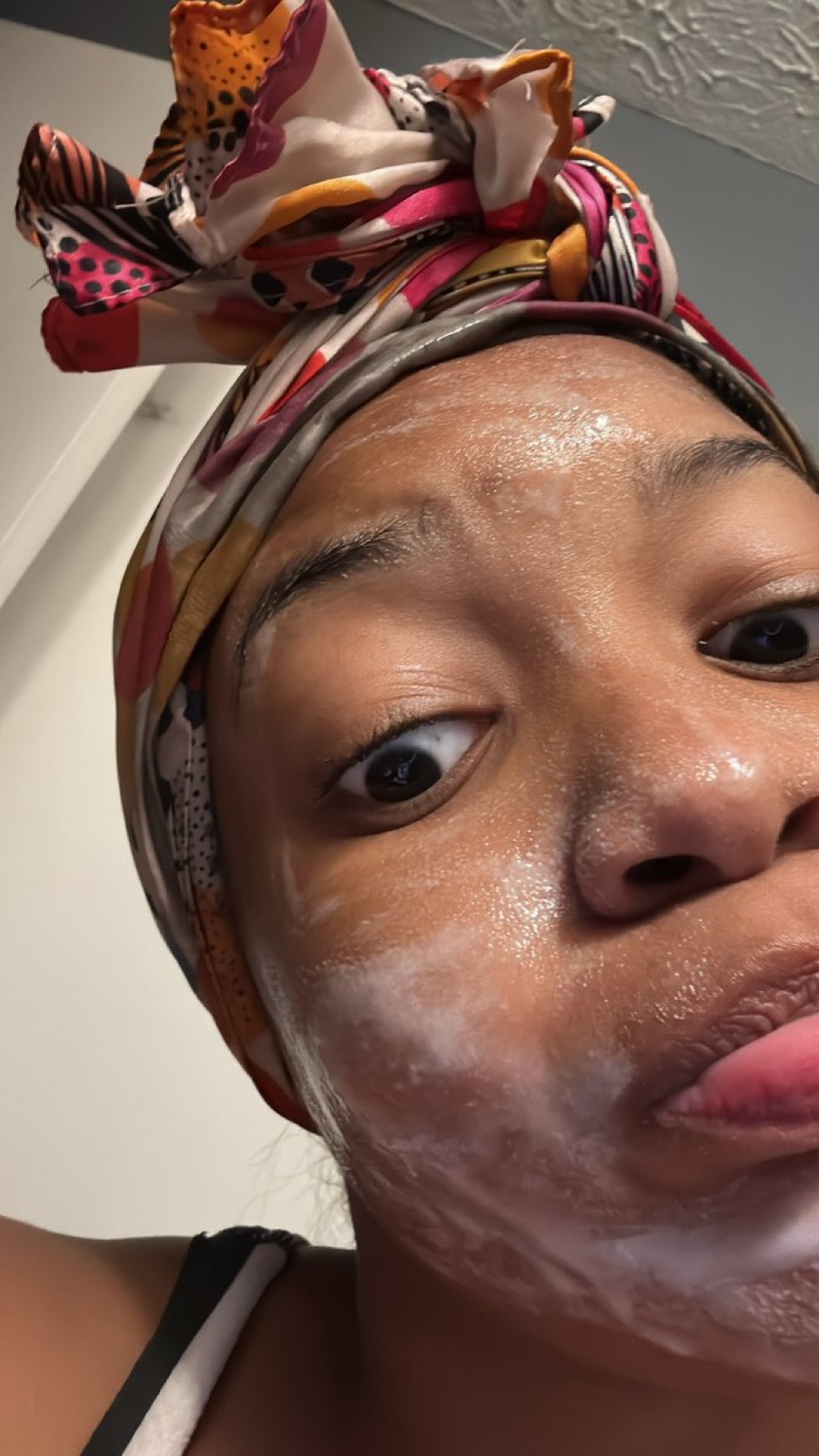What is Niacinamide? Skincare expert explains this new superhero ingredient

Niacinamide – the superhero skincare ingredient
What is Niacinamide?
Niacinamide, also known as vitamin B3, is a super hydrating powerhouse with hugely protective qualities. This water-soluble B vitamin helps to calm skin, reduce transepidermal water loss, and increase moisture in your skin’s uppermost layer. It’s not naturally produced by the body, but your body does need vitamin B3 to maintain healthy skin, so this is something that you have to seek externally – by including B3-rich foods in your diet such as grains, nuts and fish as well as applying topical skincare products containing niacinamide.
What does Niacinamide do for skin?
It’s an incredible multi-functional ingredient with antioxidant benefits for smoothing, evening skin tone, deeply hydrating and boosting glow. Research shows that its humectant properties allow it to draw moisture into the deeper layers of the skin, which helps to support the natural moisture barrier and in turn reduce transepidermal water loss.
Its antioxidant properties help to protect the skin against harmful free radicals, fighting against environmental pollution and damage from UV rays, as well as having a brightening effect which helps with reducing hyperpigmentation and signs of ageing – it’s literal magic.
Can you mix Niacinamide with skincare acids?
You’ll be pleased to hear that Niacinamide is safe to use with other skincare ingredients including Retinol, AHA’s, BHA’s and Vitamin C, making it the perfect addition to your skincare routine. This is because it has a moisturising effect and is gentle on the skin, so is unlikely to cause irritation.
It works incredibly well with Retinol or Vitamin C to reduce pigmentation, brighten and smooth the skin, as well as offering a hefty boost of moisture to freshly exfoliated skin after the use of AHA’s or BHA’s. It also works well with Hyaluronic Acid as they’re both humectants, so draw water into the skin, boosting hydration on a deeper level.
Who should be using products containing Niacinamide?
Niacinamide is suitable for a wide variety of skin types including acne-prone skin and sensitive skin. It also has anti-ageing effects and can help your skin appear healthier and more radiant when used as part of a consistent skincare routine – so is great for anyone over the age of 25 looking to achieve plumped, youthful skin.
The benefits of niacinamide may be especially helpful for blemish-prone skin and mature skin, since this ingredient can help soothe skin and help minimise the appearance of wrinkles and large pores.
How to incorporate Niacinamide into your skincare routine
Used in the popular TikTok hack #skinflooding, niacinamide works well when incorporated into your moisturising routine with other water-based serums, such as Hyaluronic Acid.
After cleansing, start with a damp face before applying your toner such as the Skincycles Renewal Toning Pads which contain AHA’s and BHA’s to exfoliate, combined with niacinamide to calm and hydrate. You can then apply a HA serum such as the Skincycles HA Radiance Complex before applying a niacinamide serum followed by a moisturiser and sunscreen. The idea is that by keeping the skin damp, you allow maximum product absorption and efficacy. Niacinamide is a humectant, meaning it acts like a sponge, pulling moisture from the atmosphere into your skin. If your skin is damp, this helps it to draw in the moisture from the surface of the skin to penetrate the deeper layers. This can be a lifesaver if you suffer from dry, dehydrated skin. Locking in serums with a cream or gel-based moisturiser is also an important step to retaining that moisture.






